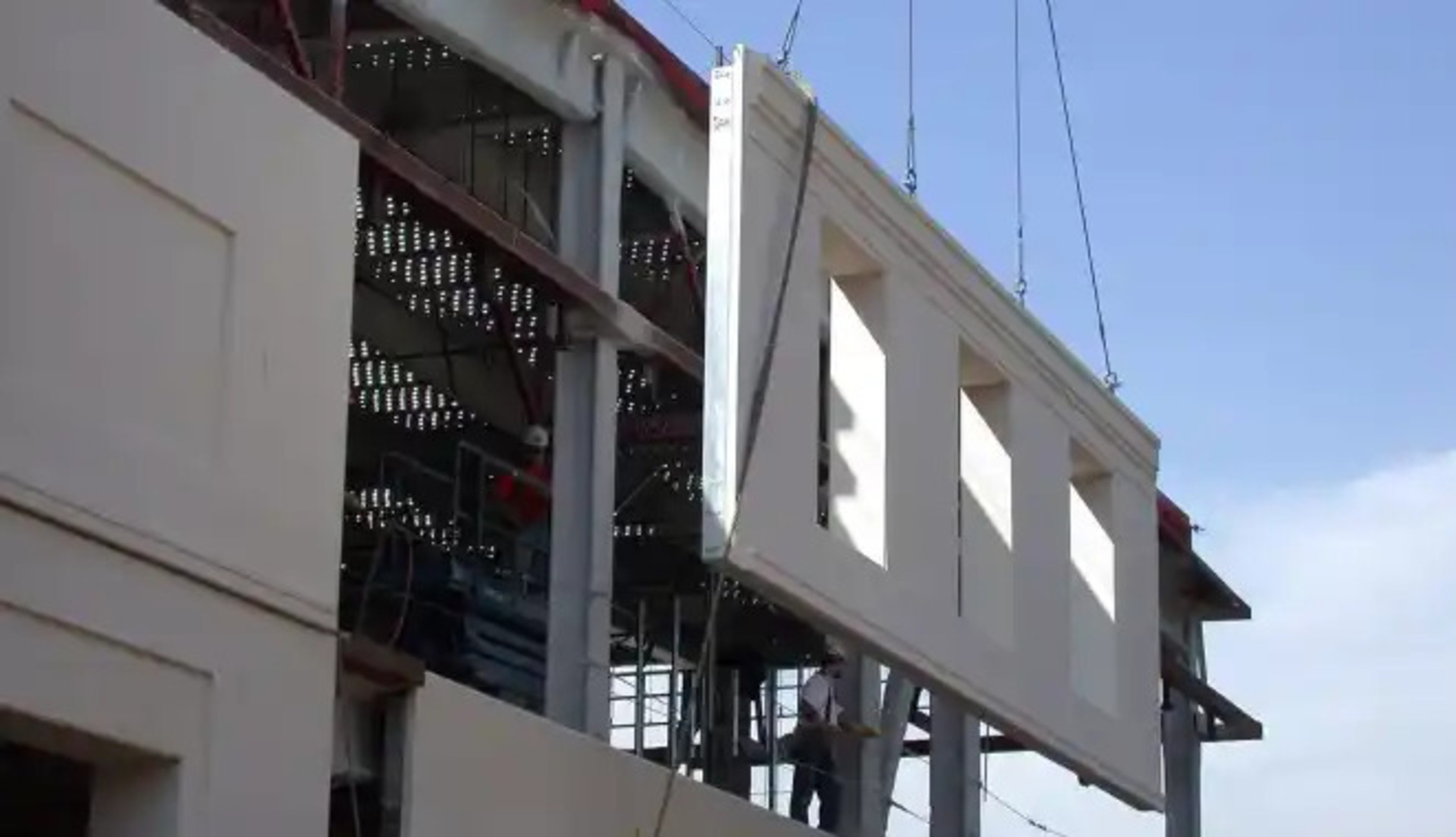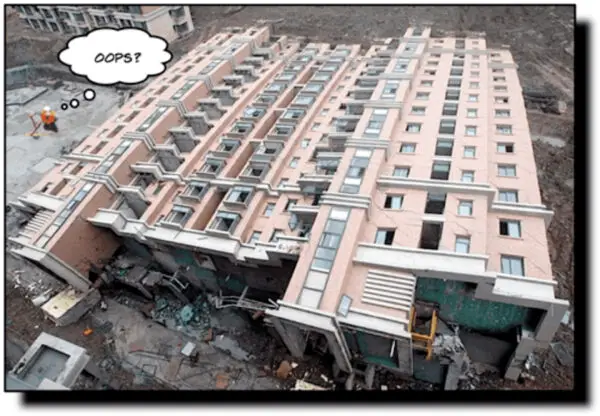For over two decades, Concrete Works has been the premier destination for personalized decorative concrete solutions across the region.
Their master artisans can transform boring backyards into lively gathering spaces with stunning concrete countertops, metallic-flecked polished concrete floors and eye-catching features like fire pits and kitchen islands cast from architectural concrete.
With the power of concrete, your wildest visions can become reality. From subtle earthy concrete stains in organic patterns to vivid concrete colors swirled with glass aggregates that mimic gemstones, Concrete Works puts self-expression at your fingertips.
With expert guidance on the latest concrete trends and special access to rare artisan concrete mixes, Concrete Works empowers homeowners to design spaces that are utterly unique.
What are Concrete Works?
The term concrete works refers to the process of constructing or building infrastructure projects using concrete – one of the most common and versatile modern construction materials.
This encompasses a wide variety of concrete applications, right from bridges, dams and skyscrapers built with architectural concrete, to smaller yet performance-intensive installations like driveways, sidewalks and pool decks cast from decorative concrete.

Understanding the Basics
Concrete works essentially involve:
- Concrete Mix Design – Creating an optimized mixture of cement, aggregates, water and adjuvants to achieve required properties like strength, durability etc. based on application.
- Formwork and Reinforcement – Fabricating moulds with proper structural reinforcements like steel to shape and support concrete till it cures and hardens.
- Transporting and Placing Concrete – Managing movement and casting of liquid concrete at construction sites.
- Compacting and Finishing – Using tools and techniques like troweling to compact concrete layers and deliver smooth finished surfaces.
Types of Concrete Works
Some major types of concrete works across infrastructure domains are:
Decorative Concrete Works – Decorative works involve enhancing standard concrete with colors, textures, finishes to create aesthetic appeal.
Some examples include stained or stamped concrete driveways, metallic concrete countertops, polished interior floors etc.
Structural Concrete Works – This type refers to concrete applications designed and installed to handle massive weight, force or load-bearing capacities.
It includes high-strength concrete columns, foundations, reinforced cement floor slabs etc.
Precast Concrete Works – Precast concrete is cast, cured and hardened offsite in controlled factory conditions.
Precut sections are then transported and assembled at the final construction site. Common precast elements are concrete barriers, paving stones, boundary walls etc.

Formwork and Reinforcement – Concrete formwork refers to the temporary moulds and support structures erected to shape liquid concrete during casting.
Reinforcements like steel rebar provide tensile strength. Formwork is mandatory for concrete works like columns, beams etc.
Concrete Repair & Restoration Works – This involves correcting defects or deterioration issues in existing concrete structures by using protective coatings, injection grouts, carbon fiber applications etc.
Common repair areas include concrete spalling, cracks, chemical corrosion etc.
Architectural Concrete – Customized concrete with specialty admixtures and finishes used on building facades, lobbies, retail spaces etc.
site Concrete Works – On-site development and landscaping using concrete for sidewalks, driveways, pool decks, garden paths, minor structures etc.
Evaluating Concrete Work Quality
Factors defining superior quality concrete works include:
- Strong, durable concrete with optimal compressive strength
- Perfect leveling, compact finishes with correct slopes
- Accurate alignment with surrounding infrastructure
- Effective water drainage and moisture protection
- Attractive and uniform appearance
- Long service life with minimal repairs needed
Given the technical expertise needed, it is best to hire established concrete contractors possessing the latest tools, proper training and quality certifications.
Conclusion
The term “concrete works” encompasses the full process from accurately designing concrete mixes to professional installation and finishing of concrete structures.
With robust quality practices, even basic concrete works like driveways can deliver functionality and curb appeal for decades post-construction.
Work with only qualified concrete professionals in order to actualize resilient, low-maintenance concrete builds.





